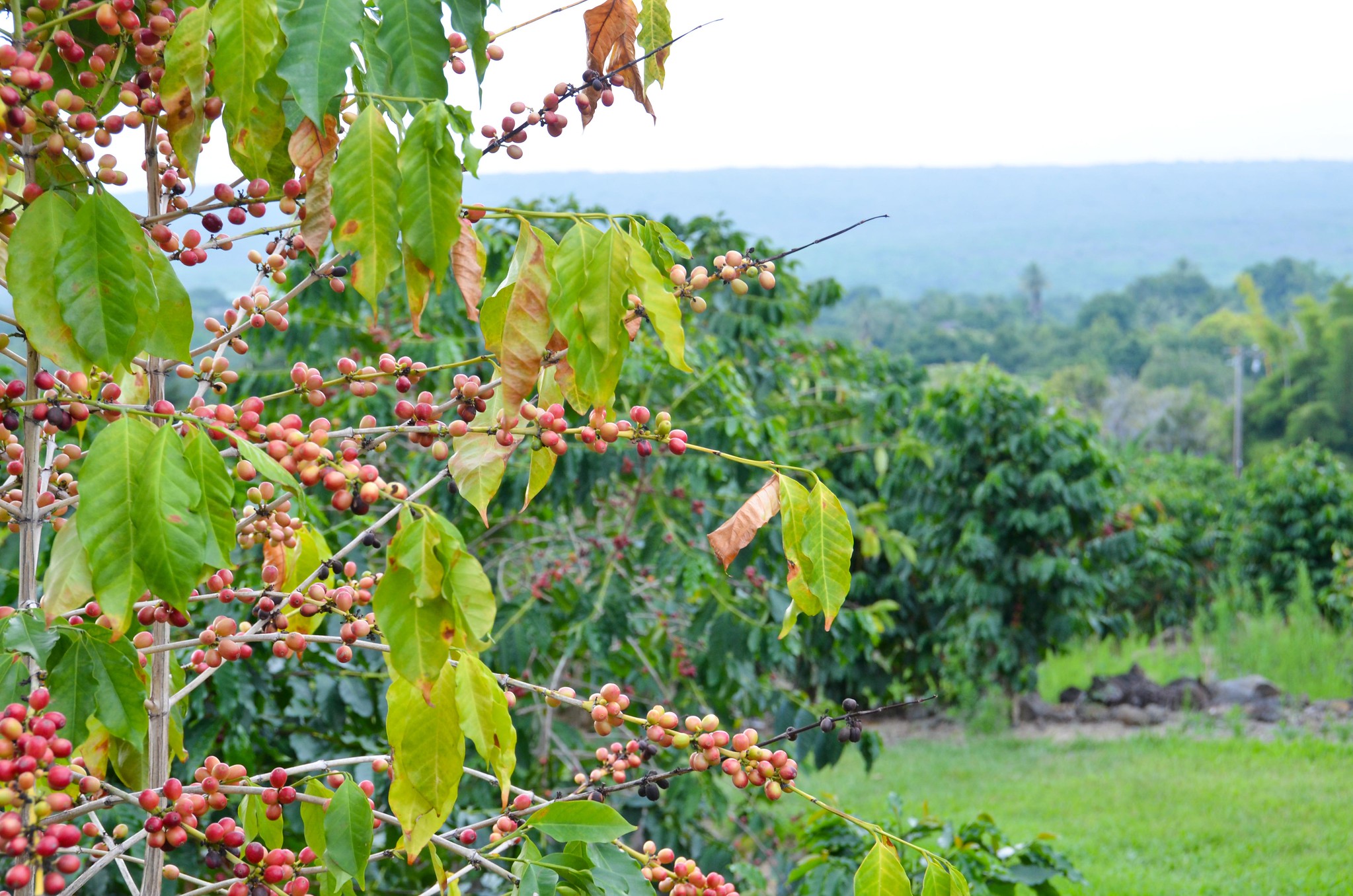If you’re a coffee lover, you’ve probably heard of the infamous Kona coffee, grown on the big island of Hawaii. Kona coffee is known for its smooth, rich flavor, and many people believe that it’s the “best coffee in the world”.
But how is it different than any other coffee? And why should you try it if you haven’t yet? You might be surprised at the answers to these questions.
In this article, we’ll uncover exactly what makes Hawaiian coffee different. And by the end of the article, you probably cannot wait to have a cup of this unique brew.
1. Variety
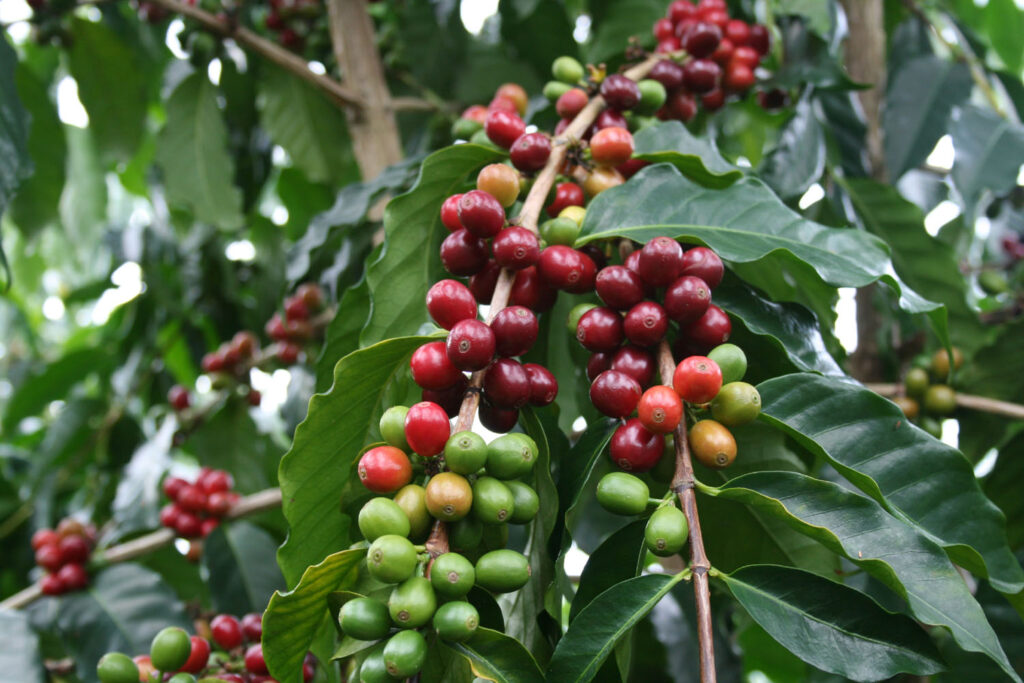
Guatemalan Typica beans, one of the sub-species of the popular Arabica coffee species, were brought to Hawaii to be cultivated when coffee was introduced to the Big Island in the late 1800s.
As the coffee beans adapted to and thrived in the local environment, they’ve become a distinct variety of the Island called Kona Typica with nuanced flavor differences.
2. Soil
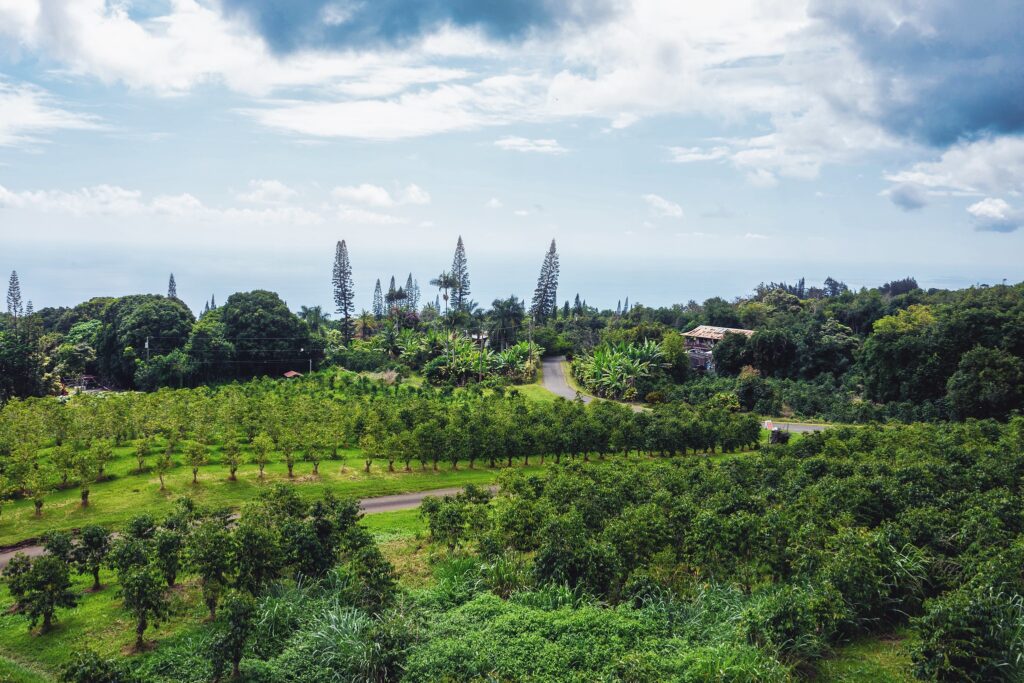
One of the biggest reasons that set these beans apart is the rich soil that the Hawaiian coffee plants are grown on.
Kona coffee, specifically, is cultivated on the slopes of the Hualalai and Mauna Loa volcanoes in the North and South Kona Districts of the Big Island.
Volcanic soils are much rarer than you might think, covering only about 1% of the world’s landmass.
Yet, this type of soil is perfect for growing coffee beans.
Rich in nutrients and minerals, volcanic soil helps to produce richer-tasting coffee beans.
The light, fluffy soil structure also enables better air ventilation and drainage – important factors in cultivation.
3. Altitude
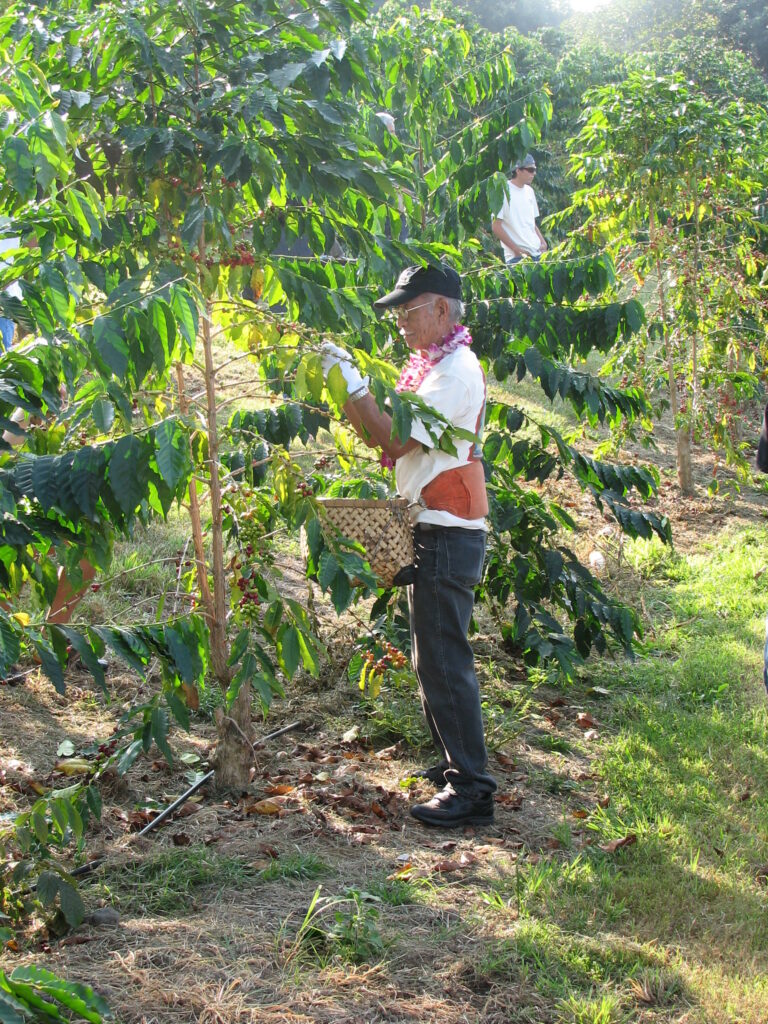
Another important factor in growing high-quality coffee is altitude.
Arabica coffee plants generally grow best at altitudes between 2,000 and 6,000 feet (610 to 1829 m).
At these altitudes, the air is cooler with relative temperature variation between night and day, ideal conditions for coffee production.
In Hawaii, the average elevation for Kona coffee farms is only about 800 – 2,500 feet (244 – 762 m), which is lower than in other coffee-producing countries.
But, because Hawaii is located so far north of the equator, a higher elevation can be too cold for the coffee plants to sustain.
4. Climate
The climate in Hawaii is also ideal for growing Arabica coffee, which is the main species being cultivated here.
Arabica coffee plants prefer a humid environment with rather cool temperatures ranging from 64 – 70 degrees Fahrenheit (18 – 21 degrees Celsius).
They also need steady rainfall (about 40 – 60 inches/1,000 – 1,500 mm per year).
Fortunately, the Big Island of Hawaii has all of these conditions. The Kona region specifically experiences frequent showers due to its location on the “windward” side of the island (the side that faces the wind).
This consistent moisture helps to keep the coffee plants healthy and hydrated. The higher altitude up the mountain slopes also provides a cooler microclimate, which is ideal for coffee production.
5. Shade
In addition to the perfect climate, Kona coffee trees also benefit from generous shade.
Tropical cloud coverage on the island is very dense, providing plenty of natural shade for the coffee plants. This helps to keep them cool, protect them from the sun, and reduce evaporation.
6. Processing
The processing of the Kona coffee beans also contributes considerably to their quality.
- Ripe Kona coffee cherries are hand-picked by experienced farmers who take care of them with pride and attention to detail.
- The washed process converts them into “parchment”.
- The parchment is dried in the open then in a mechanical dryer to reduce the moisture to just 9 – 12%.
- It then goes through the dry milling process to turn into green beans.
- The top-grade Kona beans are sorted out on the gravity table.
7. Flavors
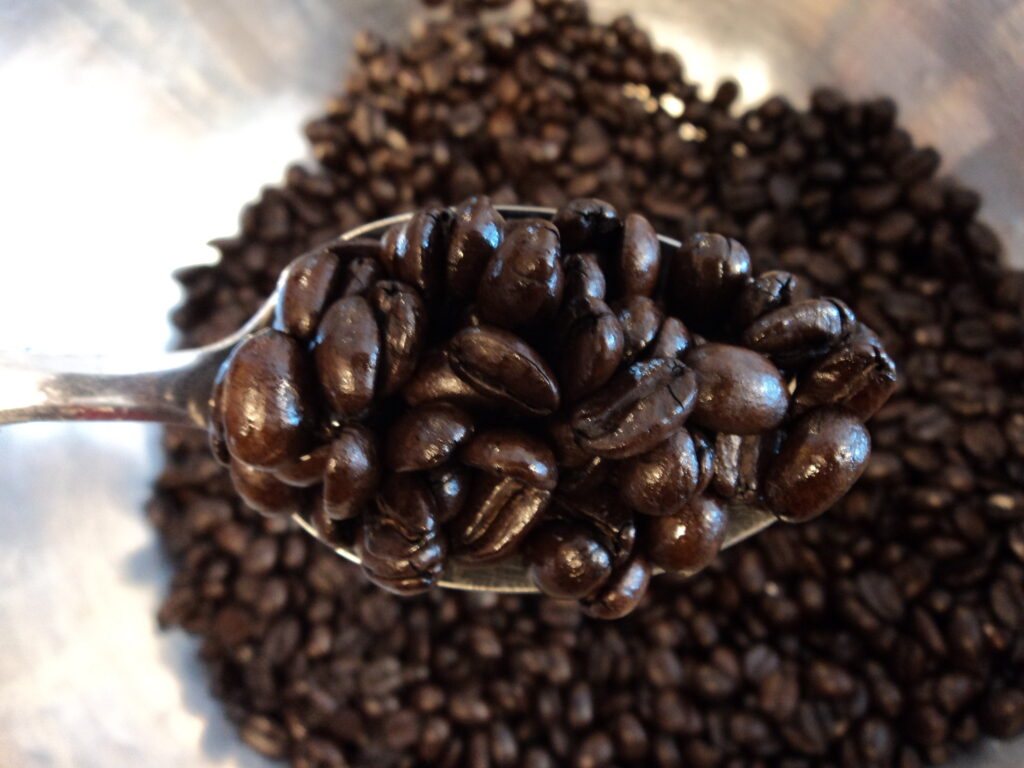
Finally, the distinct flavor profile of Kona coffee is another big reason why it’s so popular.
When brewed properly (with whatever method you have in mind), Kona coffee is incredibly smooth with a medium body and clean finish.
You can enjoy the rich chocolaty coffee taste with a brown sugar undertone, notes of sweet honey. You can also catch some hints of complex, mildly acidic fruity flavors reminiscent of its local surroundings as well!
8. Legal Protection
Since the rise in popularity of these premium beans, you must have spotted a lot of so-called “Kona coffee” bags.
But, did you know that a bag of coffee can only be labeled as “Kona coffee” when at least 10% (by weight) of the blend is made up of coffee beans sourced from the Kona district of Hawaii Island? Otherwise, they’ll face legal consequences.
In fact, the Big Island County Council is pushing for even stricter usage of the local Hawaiian regions’ names on labels (A call for a minimum of 51% of the blend to be coffee sourced from the labeled origin).
This is an effort to prevent the major retailers from exploiting the Hawaiian coffee name brand, which damages its reputation and takes away deserving profits from the local coffee farmers on the Island.
Where to Buy Kona Coffee
When buying Kona coffee, to get an authentic experience, I recommend getting 100% Kona coffee bags with a Seal of Approval given by the Kona Coffee Council to avoid fraud.
Generally, I’d say avoid blends that are often labeled as “Kona Roast” and only contain a certain percentage of Kona coffee.
But, if you want to anyway, make sure to check whether the bag clarifies how much percentage of Kona it contains as it’s required by law.
Finally, take a closer look to see whether the coffee’s origin is actually from Kona.
Don’t know where to start looking? Check out these Hawaiian coffee brands recommended by a coffee aficionado.
To Wrap Up
If you haven’t tried Hawaiian coffee yet, you’re missing out on something special. This unique brew, though expensive, is unlike any other coffee, and it’s definitely worth trying. So why not give it a try? You might just find that it’s the best coffee you’ve ever had.
It also makes a great gourmet coffee gift!

